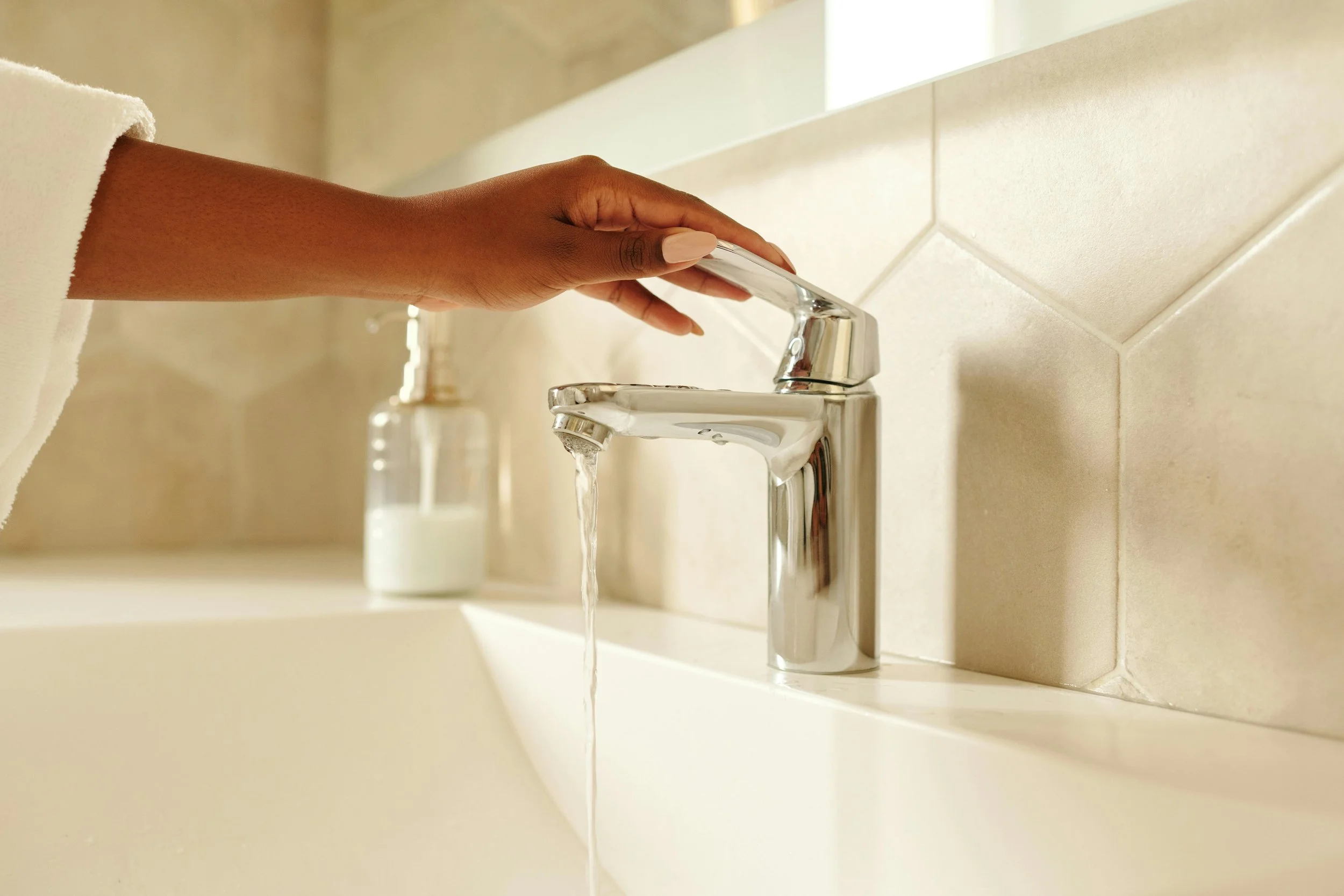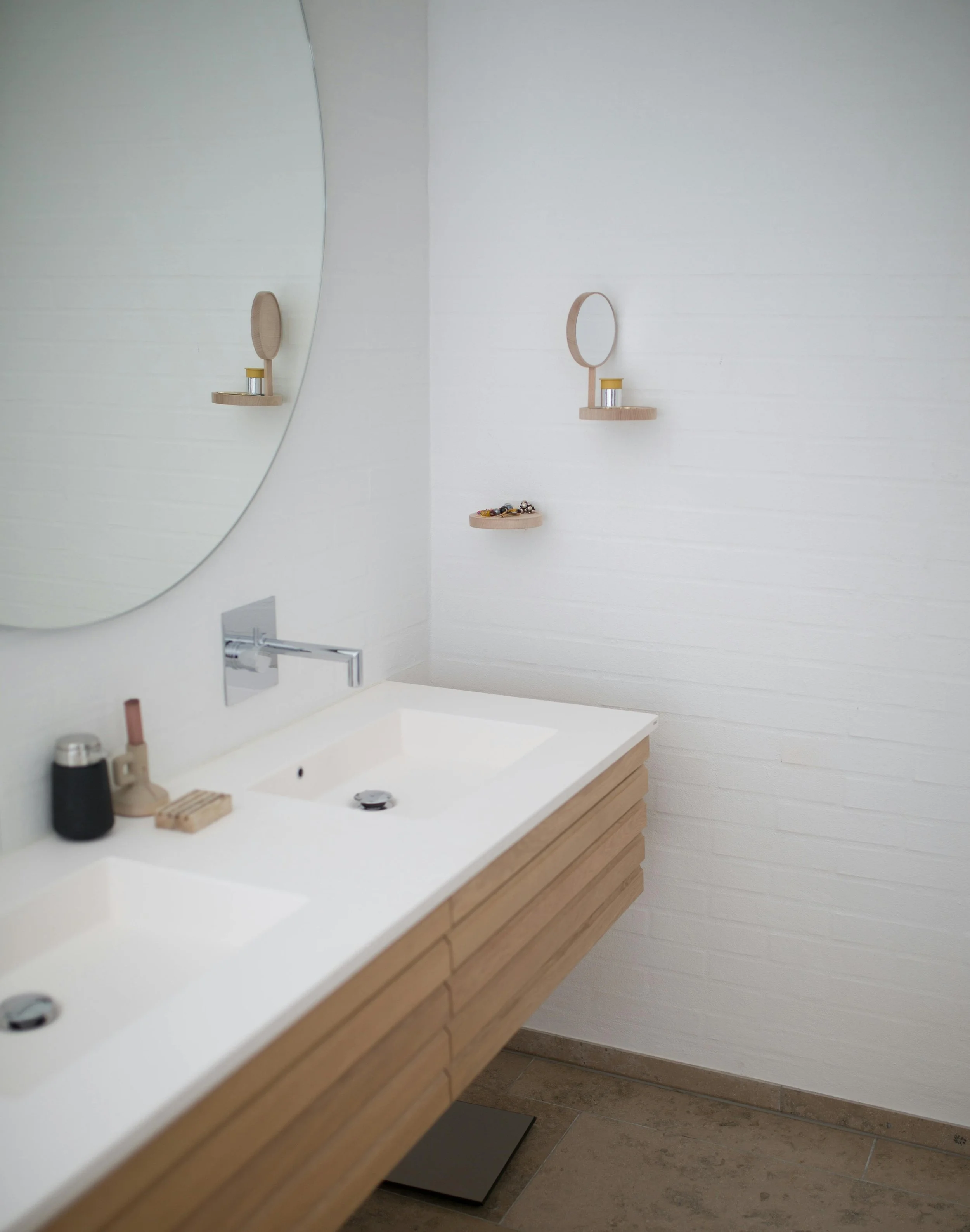How to Removing a Bathroom Sink Stopper
Learn how to remove a bathroom sink stopper with our step-by-step guide. Whether it's clogged or needs replacement, we'll walk you through the process, making it easy for anyone to tackle this common household task.
Ever find yourself staring at a sluggish bathroom sink, wondering what's clogging it up? Or maybe you've noticed your sink stopper isn't functioning as smoothly as it used to? Whatever the reason, knowing how to remove a bathroom sink stopper is a handy skill that can save you time and money. In this guide, we'll break down the process into easy steps, sprinkled with tips and tricks to make the task as effortless as possible. So, roll up your sleeves, and let’s dive in!
Understanding the Types of Sink Stoppers
Before you start, it's good to know what kind of sink stopper you’re dealing with. There are a few common types:
Lift-and-Turn Stoppers: These have a small knob on top that you twist to open or close the drain.
Push-and-Pull Stoppers: Similar to the lift-and-turn but typically without a knob.
Pop-Up Stoppers: Controlled by a lever, these are common in many modern sinks.
Toe-Touch Stoppers: These are spring-loaded and activated by pressing with your toe.
Knowing your stopper type helps in understanding how it’s installed and how to remove it.
Tools You’ll Need
Before you begin, gather these tools:
A pair of pliers
A flathead screwdriver
An adjustable wrench
A bucket or bowl (to catch any water)
A flashlight (for those hard-to-see places)
An old toothbrush or a small brush (for cleaning)
Step-by-Step Guide: How to Remove a Bathroom Sink Stopper
1. Clear the Area
Start by clearing out everything from under the sink. It’s important to avoid accidentally knocking over items like shampoo bottles or expensive skincare products. Plus, removing these items will give you the necessary space to work comfortably. A clutter-free area makes it easier to access the plumbing and prevents any accidental spills or damage to personal items. Taking a few minutes to clear the space will make the task ahead smoother and more efficient.
2. Turn Off the Water Supply
To avoid any accidental messes, it’s wise to turn off the water supply. Locate the shutoff valves under the sink and turn them clockwise until they’re tight. This prevents water from flowing while you work. Additionally, place a bucket underneath the sink to catch any water that might still be in the pipes. This precaution helps prevent spills and keeps your workspace dry, making the job easier and minimizing the risk of water damage.
3. Locate the Pivot Rod
Most bathroom sink stoppers are connected to a pivot rod located under the sink. This rod controls the stopper's movement, allowing it to open and close when you pull or push the lever. To locate it, grab a flashlight and look under the sink. You'll typically find the pivot rod attached to a small metal or plastic clip. Identifying this component is essential for understanding how the stopper mechanism works and for making any necessary adjustments or repairs.
4. Disconnect the Pivot Rod
Once you've located the pivot rod, it's time to disconnect it. Here’s how:
Unscrew the retaining nut that holds the pivot rod in place. Use your pliers or an adjustable wrench for this.
Gently pull out the pivot rod from the drainpipe. The stopper should now be free from the lever mechanism.
5. Remove the Sink Stopper
With the pivot rod now disconnected, you should be able to lift the stopper out of the sink. If it’s stuck, try giving it a gentle wiggle or twist as you pull it up. This helps to loosen any debris or buildup that might be causing it to stick. Once freed, the stopper should slide out easily, allowing you to inspect it or clean it as needed. This step is crucial for maintaining proper sink drainage and function.
6. Inspect and Clean the Stopper
Once you’ve removed the stopper, take a good look at it. Is it covered in grime, hair, or soap scum? Now's the perfect time to clean it:
Rinse the stopper under warm water.
Use an old toothbrush to scrub away any stubborn buildup.
If the stopper is damaged, you might want to consider replacing it with a new one.
7. Check the Drain for Clogs
With the stopper out, take the opportunity to check the drain for clogs. Shine a flashlight down into the drainpipe to inspect for any buildup or blockages. If you spot any debris, use a small brush or your fingers (wearing gloves) to carefully remove it. Clearing out any clogs now will help maintain smooth drainage and prevent future issues. This simple step can improve your sink’s performance and reduce the likelihood of slow draining or backups.
8. Reinstall the Stopper
Ready to put everything back together? Here’s how:
Insert the stopper back into the drain. Make sure it’s seated properly.
Reconnect the pivot rod by inserting it back into the drainpipe and securing it with the retaining nut. Make sure the stopper moves up and down smoothly when you test the lever.
9. Test Your Work
Turn the water supply back on and run some water into the sink. Test the stopper by opening and closing it a few times to ensure it’s functioning smoothly. If everything operates as expected, congratulations! You’ve successfully removed, cleaned, and reinstalled your bathroom sink stopper. This quick test confirms that all components are properly aligned and that the stopper mechanism is working correctly. Enjoy the satisfaction of a job well done, knowing your sink is in top condition.
Conclusion
And there you have it—a complete guide on how to remove a bathroom sink stopper! Whether you’re dealing with a clog, a broken stopper, or just doing some routine maintenance, this guide should help you tackle the task with confidence. Remember, the key to any DIY project is patience and taking it one step at a time. Now go ahead, give your bathroom sink the TLC it deserves, and enjoy a smoothly functioning drain!
Frequently Asked Questions
1. Why is my bathroom sink stopper not sealing properly?
If your stopper isn’t sealing properly, it might be due to a misaligned pivot rod or a worn-out stopper. Try adjusting the rod or replacing the stopper to fix the issue.
2. Can I replace a bathroom sink stopper myself?
Absolutely! With the right tools and a little patience, replacing a bathroom sink stopper is a straightforward DIY task.
3. How often should I clean my sink stopper?
It’s a good idea to clean your sink stopper every few months to prevent buildup and clogs. Regular cleaning can also extend the life of the stopper.
4. What if I can’t remove the pivot rod?
If the pivot rod is stuck, try using a lubricant like WD-40 to loosen it. If it’s still not budging, consider calling a professional plumber.




